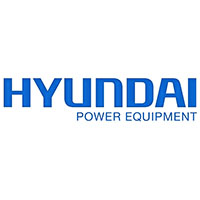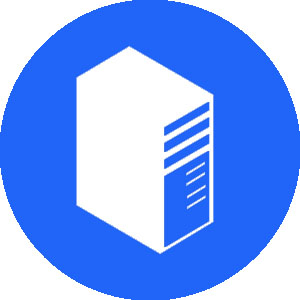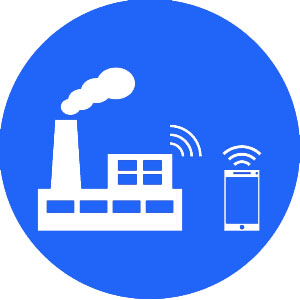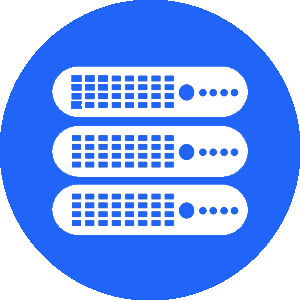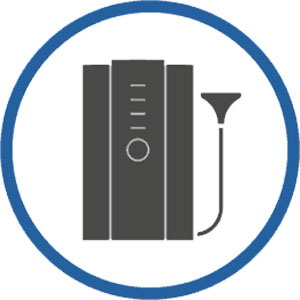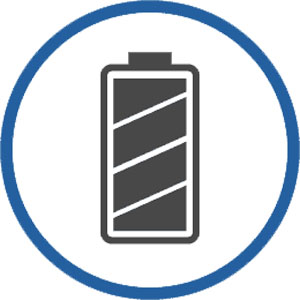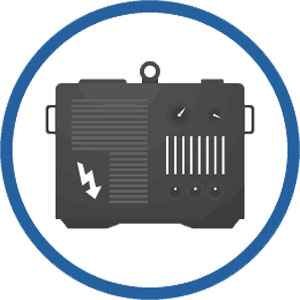Part 6 – Making the right generator choices
In part 6 of the IT Professional’s Guide to Standby Power we discuss why having a dedicated standby generator for IT systems is by far the preferable option; we also cover the benefits of parallel redundancy and the role of maintenance.
Many of the enquiries and requests for information that we receive are from IT managers seeking advice about generators. The purpose of this article is to summarise some of the key issues to be considered when choosing a generator and to clear up many of the misunderstandings that so obviously exist.
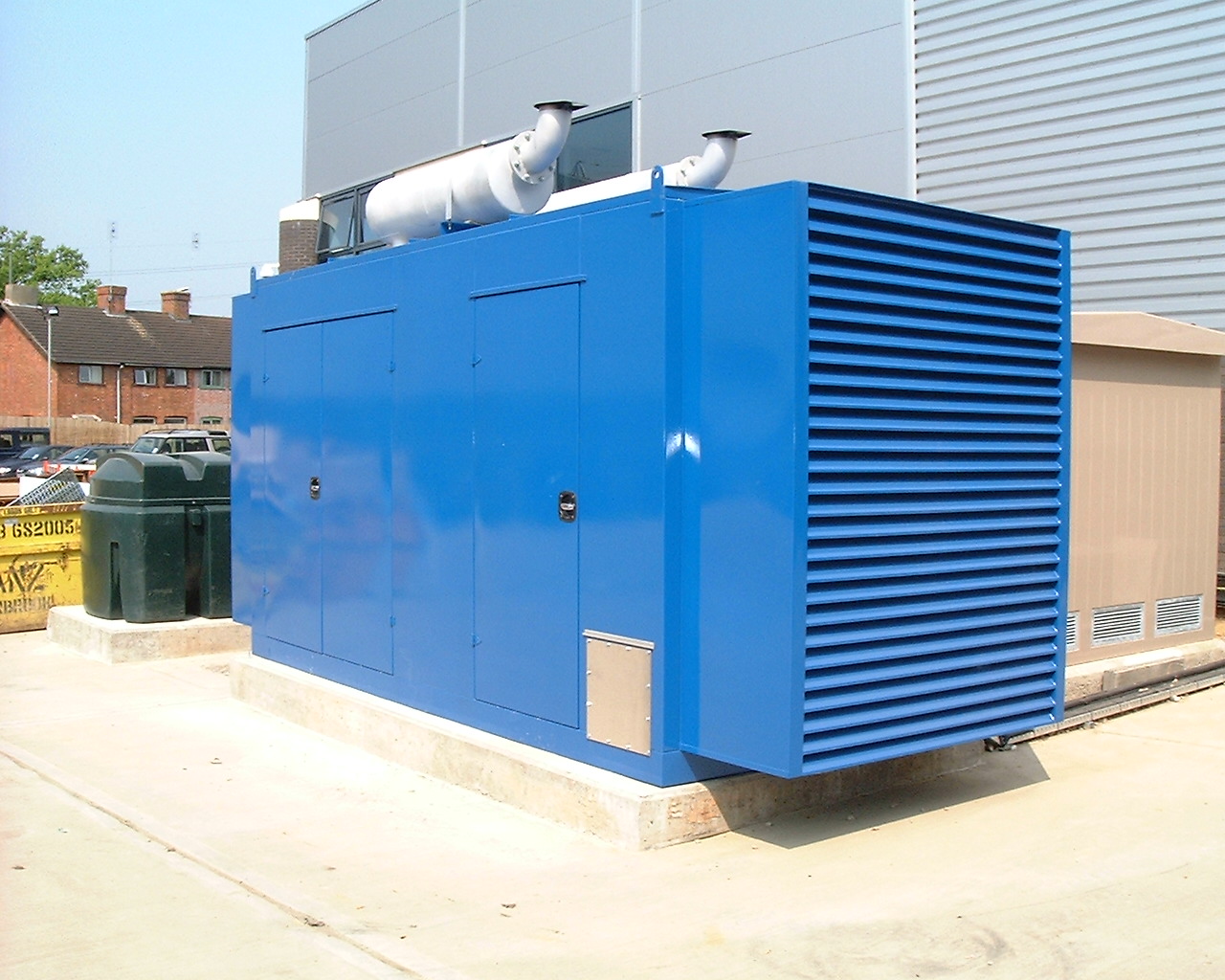
Standby diesel generators for IT
From the perspective of supporting IT systems, the type of diesel generator required will normally be a relatively small standby generator as opposed to much larger systems necessary to provide prime power or whole-site standby power.
IT systems can be supported from a large generator that also supplies other building facilities or industrial systems. However, if there are large inductive loads such as electric motors found in lifts or large industrial machinery being supported by the generator, there can be problems.
As the large electrical demands cut in and out the power supplied to the UPS (Uninterruptible Power Supply) will contain sags and surges. The UPS is designed to ‘clean’ the power before allowing it to reach the critical systems. However, if these anomalies are too severe, the UPS will take back the load. Another effect will be that as each heavy load starts or stops, the generator will adjust. As it adjusts, it may go beyond the UPS frequency tolerance, forcing the UPS to take back the load until its supply stabilises.
This unstable electrical supply can cause the UPS (Uninterruptible Power Supply) to constantly cut in and out until its batteries become exhausted. Using a smaller standby generator dedicated to IT systems will solve these potential problems.
Get in touch to discuss your diesel generator requirements
Types of generator
Modern generators are often turbocharged, smaller, less expensive, more efficient than older models, and capable of supplying up to 100% load within only a few seconds. A wide choice of fuel is available.
Diesel generators are the most commonly installed. The fuel is usually chosen for its low flammability and stability over time. Also, when considering capital expenditure, diesel-powered products are usually the most cost effective.
Natural gas is a regularly used alternative where available, although the engine will be needed to be larger than a diesel equivalent to compensate for the lower calorific value of gas compared with petrol or diesel. An advantage of installing a natural gas generator is that it will not require a fuel tank. The runtime will not be a problem since the fuel will be coming from the gas main.
The disadvantages are that if a gas main of sufficient size is not already in place, laying one could be expensive; also, should the mains gas supply be interrupted, the situation is beyond your control.
Where it’s difficult to situate an oil tank nearby and natural gas is not an option, bottled gas is an alternative.
Petrol is rarely used, except in very small generators, owing to its volatile nature and tendency to degrade when stored. Aviation fuel can also be used for gas turbine powered generators.
The disadvantages associated with all generators include their weight, troublesome noise, heat and exhaust fumes.
Weight
Diesel generators are heavy. A 100kVA generator will weigh approximately 1.7 metric tonnes. This is before the weight of the fuel. The size of the fuel tank can vary depending on application and need, but a good weight approximation is to allow one kilo per litre of diesel.
The installation position is, therefore, important. If the chosen site is at ground level, for instance, the car park, weight is not a problem. If however the installation site is within a building, or on the roof, the load bearing capabilities of the structure will need to be ascertained.
If considering installing either within the fabric of the building or on the roof, the problem of refuelling should also be considered.
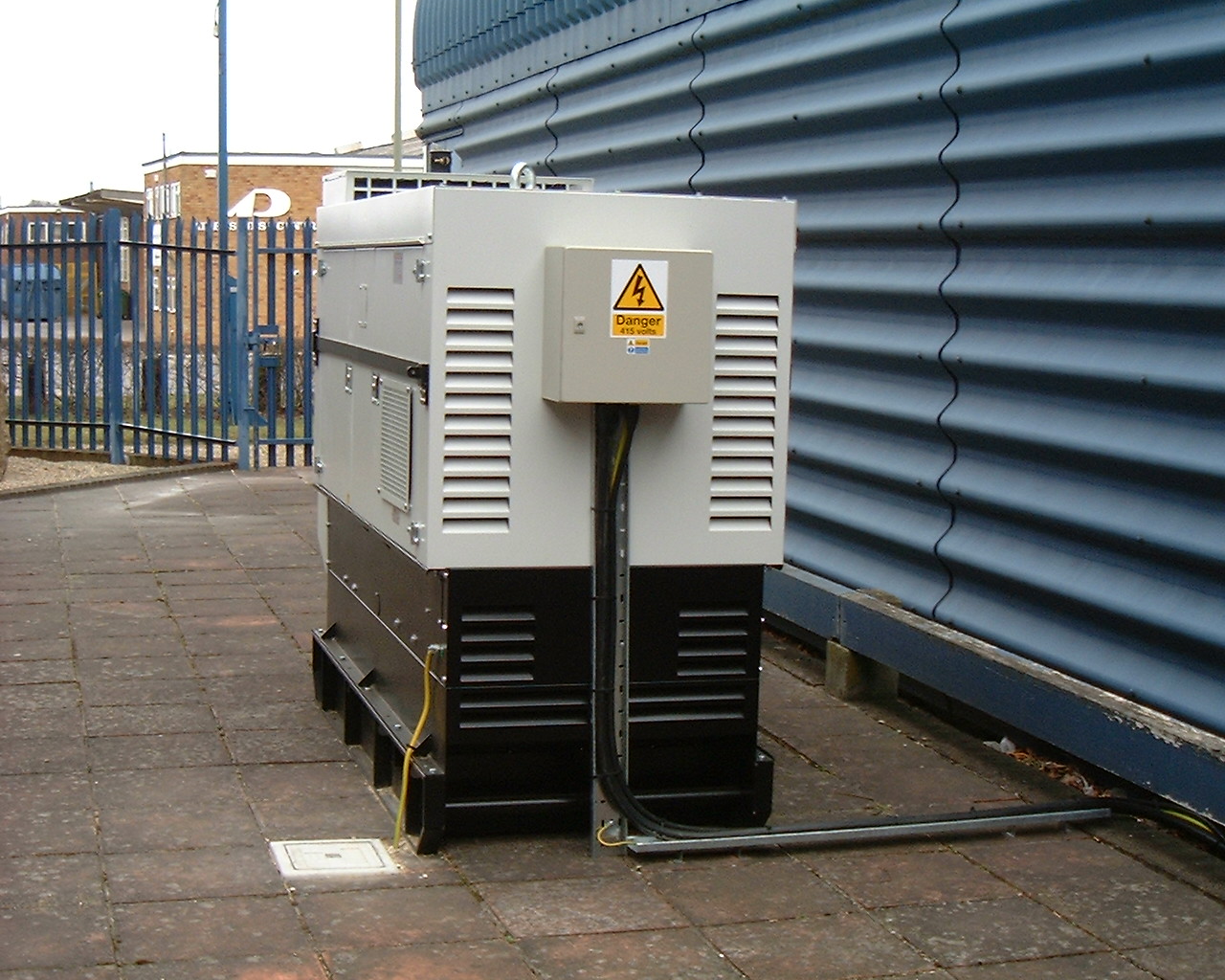

Exhaust, noise and heat emissions
All internal combustion engines produce carbon monoxide (CO) emissions and noise. Exhaust gases will have to be vented, and best practice is for this exhaust pipe to be of less than 10 meters in length. The exit point should be away from windows and other air intake points.
Noise can be attenuated to an acceptable level for use outdoors by the use of acoustic hoods and to a lesser degree, weather-proof enclosures. Catalytic converters can be installed within the silencers of diesel generators. This will help to reduce both chemical and noise pollution. Because these converters themselves operate between 200º C to 300º C, they themselves will have to be thermally insulated.
Diesel generators are usually air cooled; because of this, it may be necessary to install forced cooling and ventilation within the generator’s immediate environment.
Parallel-capacity and Parallel redundancy (N+1)
Parallel-capacity is the arrangement of generators whereby two or more units are connected in parallel. On demand they will start, synchronise, and share the load equally. Because both generators are required to support the load, if one should fail, the other will not have sufficient capacity. The UPS will take back the load and when the batteries become exhausted, shut down.
Parallel redundancy involves duplicate equipment fulfilling the same role. The purpose of parallel redundancy is to ensure that if one part of your standby power system is not working, the remaining can adequately cope with the electrical demand.
This type of configuration is employed at the highest level of business continuity when having your critical systems shut down is not an option. On demand, both generators start. They synchronise and then share the load equally. Should only one of the generators start, the other is capable of supporting the whole load.
An added advantage of having N+1 is that either generator can be taken out of service for routine maintenance, without losing generator backup. Although we have discussed N+1 the same principles apply for N+2 & N+3 etc. N+2 refers to having two generators in reserve; N+3, three in reserve etc.
Regular maintenance
We strongly recommend that you run your generator for around ten minutes every week. Operating most generators for less than 10 minutes at a time will encourage carbonisation because the engine will not achieve its normal operating temperature and ‘burn off’ excess soot deposits. However, if the diesel generator is run without a connected load for more than 10 minutes, the engine will ‘idle’, causing a build-up of soot.
Regular maintenance is essential to ensure reliability should a power failure occur. Taking a maintenance contract ensures that, if there is an emergency, an engineer will be dispatched within four hours of a fault being reported. A typical maintenance contract, such as those we provide, include two visits every year to clean filters and check or change the oil and battery fluids (on certain models) in addition to the other regular checks to ensure reliability.
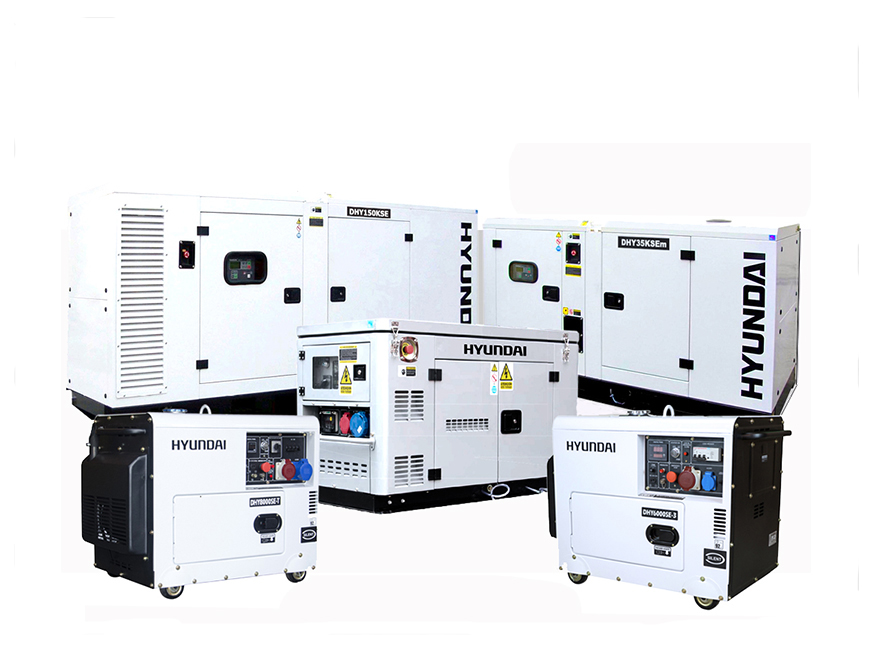
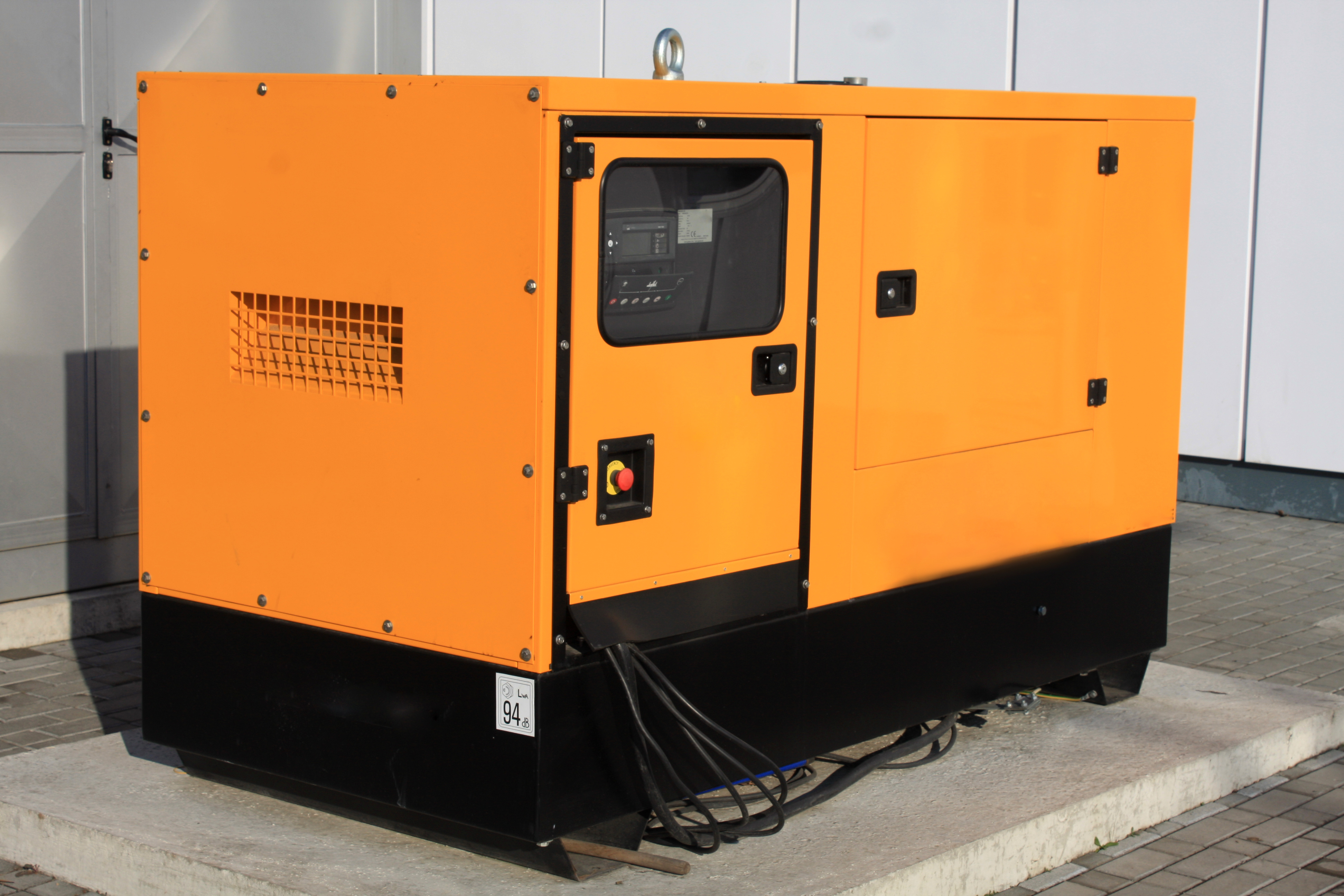
Remote monitoring
Remote monitoring services, such as the UPS Systems REMO® service, is a valuable maintenance option. The service provides constant monitoring while the generator is in operation and monitors your weekly auto-start procedures. It automatically confirms successful test runs, provides notification of any mains failure, common alarms and low fuel levels. You are notified of any alerts by SMS text or email as required.
The REMO® service keeps you informed. If you are alerted that your generator has started outside normal office hours, you have the option of shutting your IT systems down in an orderly manner or ensuring sufficient fuel is on-site for the diesel generator to continue providing power.
Load bank testing
The service can be performed independently, or as an addition to the generator maintenance, and is undertaken by attaching an electrical load to the generator and monitoring results.
The generator is first run at 50% load for thirty minutes, then at 100% load for an hour and a half, and finally at 110% load for the last thirty minutes. This two hour test under load ascertains the generator’s ability to provide the required power over time. A test sheet report is produced which will list the results.
By running your generator at full load you are ensuring it is capable of carrying your site load should it be called upon, in the event of a mains failure.
UPS Systems plc provids a wide range of uninterruptible power supplies including those fromRiello UPS,APC UPS andEaton UPSas well as the correct UPS battery packs to go with them. We also offer various diesel generators including60kva generator,80kva generatorand100kva generatorfrom a variety of manufacturers includingAKSA generatorandPramac generator.
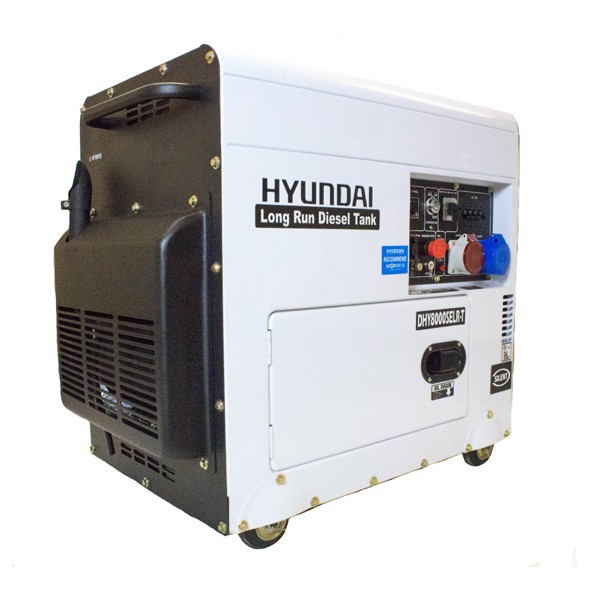
Summary
In summary, a dedicated IT standby generator is preferable to a larger shared generator. For critical IT systems parallel redundancy is the safest option and a maintenance contract with load bank testing and will give peace of mind and may avert a serious problem.
We offer a range of generators from different manufacturers including AKSA generators, Hyundai generators and Pramac generators.
The IT Professionals Guide to Standby Power – contents
A Glossary of Standby Power Terminology
Part 1 – Planning your Standby Power Requirements
Part 2 – Potential Power Quality Problems
Part 5 – Matching a generator to your UPS
Part 6 – Making the right generator choices
Part 7 – How to ensure your batteries don’t fail
Should you wish to discuss any of the issues raised in these articles, please contact us.
Our Services
Our Clients



























